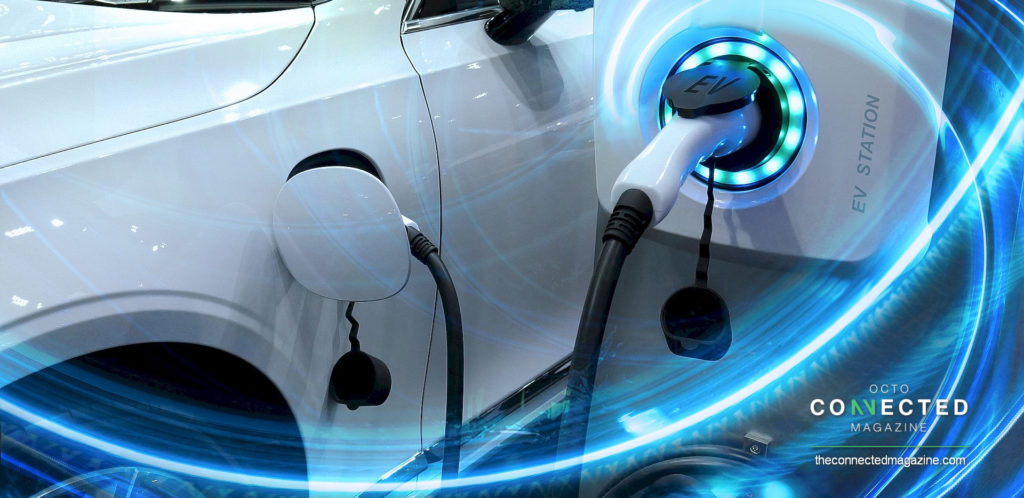
When talking about electrification and charging solutions, fleet managers are often unaware of the solutions that are already in place and they often struggle with myths and false assumptions. If anything, corporates need to start pilots to convince their stakeholders of the feasibility of electric driving.
The bottom line is that people have to realise that a battery-electric car is perfectly fit for 98% of our trips. Even a modest battery, which today offers a range of 200 to 300 km, is more than sufficient for the vast majority of our journeys. And for the remaining 2%, there are flexible solutions.
Today, many drivers still choose a perk car based on that 2% use case: they want to go on holiday with their car once a year and be able to go away for a family weekend twice a year, so to speak. The rest of their journeys are mainly driven without passengers or luggage. The time has come to move away from this way of thinking. But that’s only possible if two conditions are met: the employee is willing to compromise and perhaps take a step back in terms of luxury, prestige and size for their daily drive, and there has to be a seamless transition to a temporary vehicle to fulfil the needs the daily drive can’t.
Short-term rental seems the perfect answer. The temporary car can be delivered to the doorstep of the employee and can even be more prestigious and luxurious than the one they drive today, thereby incentivising them to make the switch. Why not offer a convertible for a weekend, or a fancy 4×4 to go skiing? This could be budget neutral so long as the cost-savings resulting from the smaller electric daily drive are sufficient.
Ensure a seamless user experience
Charging is yet another obstacle that keeps on circling in fleet managers’ minds but solutions are available for most problems. After all, there are various specialised partners who can draw up an accurate picture of your charging needs today and tomorrow, both at home and at the office.
In addition, there are more and more solutions for public charging that give you access to almost all networks thanks to pan-European roaming agreements. No more collection of cards and tags and frustration if none of them work. No more separate invoices from each provider. One-card-for-all solutions and consolidated invoicing are out there. The only area where progress needs to be made is price transparency and harmonisation. Today the rate differences are huge, which in turn is a threat to the TCO. But the problem is relative: on average, only one charging session in ten takes place at a public charging station.
PHEVs are perhaps not the solution
A lot of myths about charging persist. But if your EV has a substantial battery, you do not have to charge as frequently as with a PHEV. And with a clever network you can charge many vehicles simultaneously. Once you have experienced EV driving, you will realise charging is not such an issue.
Indeed, fleet managers have a tendency to believe that plug-in hybrids are the perfect intermediate step as they do away with range anxiety and charging problems. But if that is the premise, they are nothing but a stopgap solution. If you allow your drivers to burn fuel without limits, then the TCO story won’t add up, let alone that your company makes any ecological progress.
On paper, PHEVs offer great credentials and the offer of available models will explode in the years to come, but before you give them the green light in your car policy, think carefully about your fuel costs. A possible solution to counteract excessive refuelling is to put a cap on the monthly fuel budget and at the same time stimulate electric charging. For example, by facilitating home charging and reimbursing electricity costs at a higher rate than the actual cost.
As such, PHEVs seem an even more complicated asset to manage than a pure BEV, complemented with the occasional ICE for longer drives.
Source: fleeteurope.com